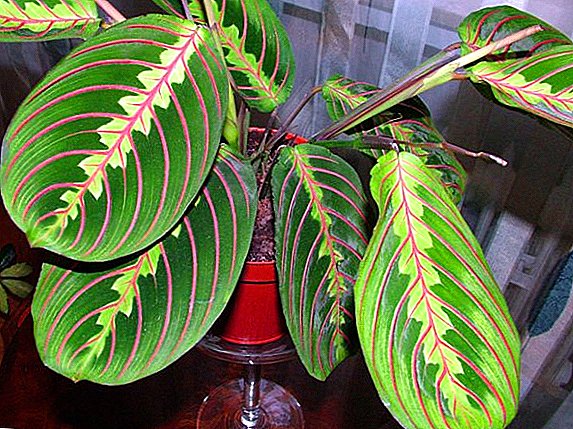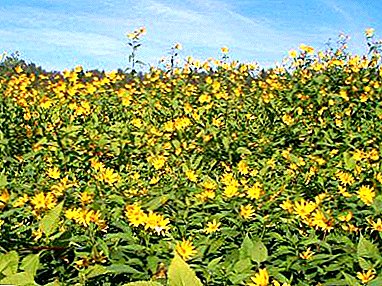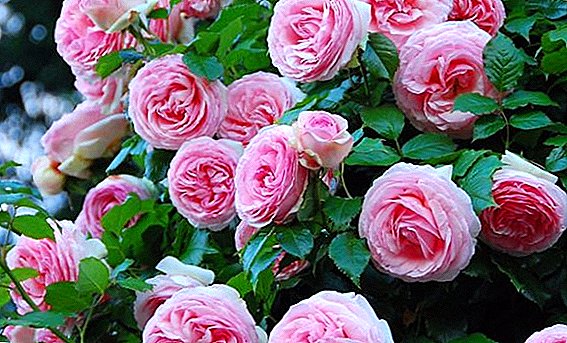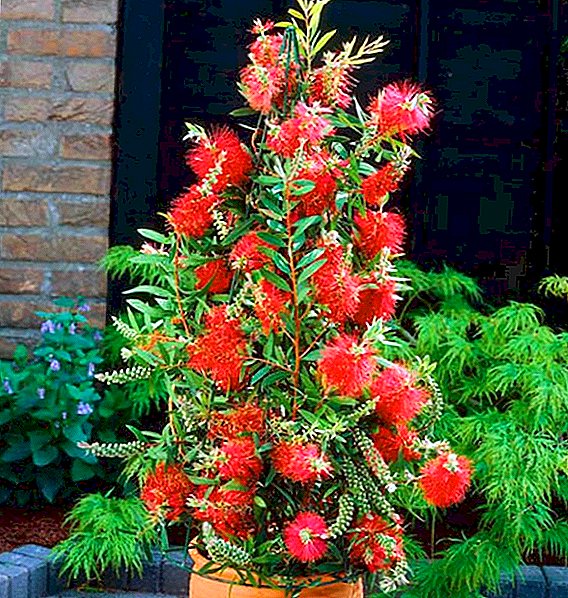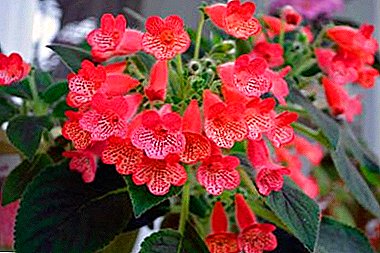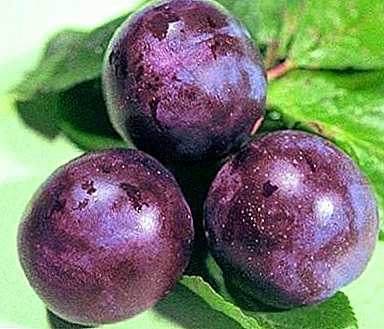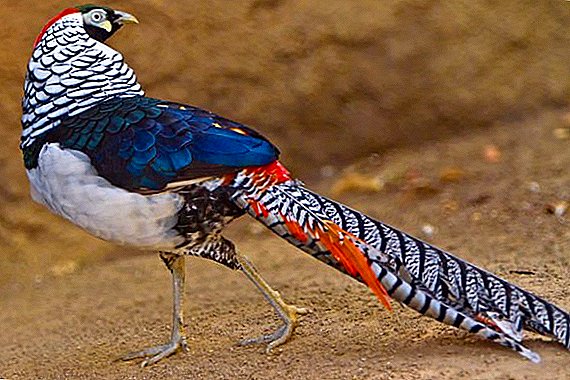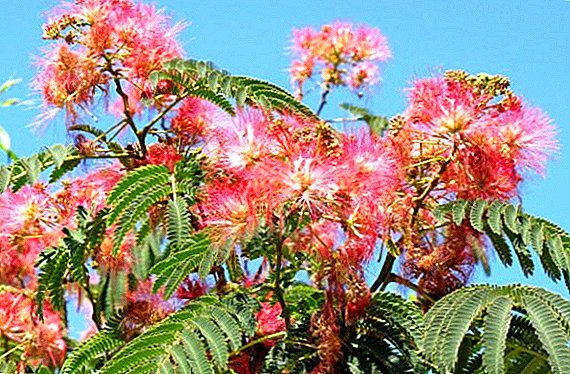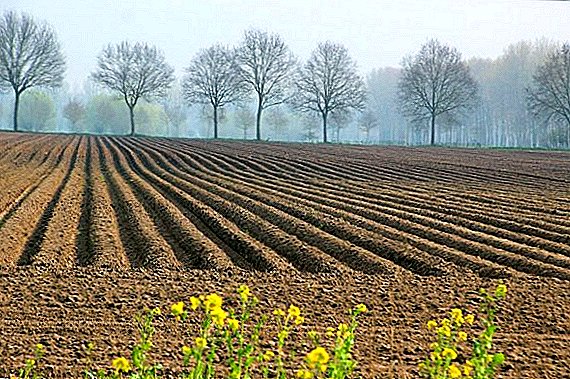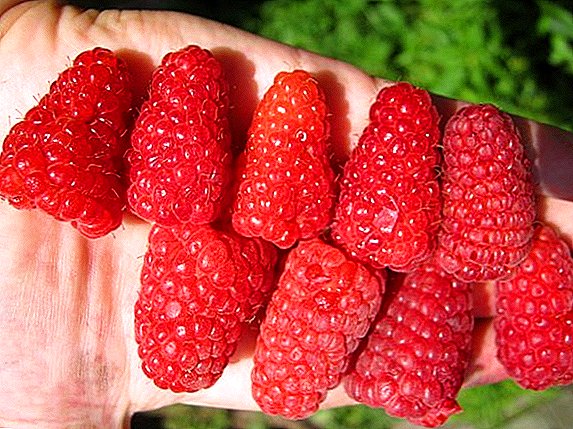
Bryansk Miracle is a relatively recently bred raspberry variety that is gaining increasing popularity. Large berries, sweet taste, pleasant aroma - all this is about the heroine of our article.
Selection
The variety was bred at the end of the last century and became elite in 2001. By free pollination of interspecific forms, a new remontant raspberry was created. The authors of the variety Evdokimenko S. N. and Kazakov I. V. in 2006 received a patent for the right to reproduce the variety.
Characteristics and distinctive features of the variety
The main difference between the Bryansk Diva is its ability to endure low temperatures and ripen completely in a relatively short warm season in central Russia.
Bushes
The bushes of this raspberry variety are straight, semi-sprawling. It has long side shoots. The height of the shrub is up to 170 cm. Powerful shoots with a dense leathery coating, light brown in color, covered with many sharp thorns. 
The leaves are large, dark at the top and very light below. Flowers are white, collected in inflorescences at the top of shoots.
Did you know? The flowers of the Bryansk diva are rich in vitamin C, tannins and useful organic acids. And tea from dried fruits and flowers has antipyretic and antiseptic properties.
Berries
The main distinctive feature of this raspberry variety is large berries.
The size of the berries is much larger than the usual raspberries. Some copies of the “Bryansk Diva” can reach 13 g. They are similar in shape to the elongated cone of well-bonded kotenok. The color is bright scarlet. All fruits are homogeneous. Grow along the entire length of the branches. 
Yield
Fruiting begins closer to the fall and lasts almost until the end of September.
With one bush raspberry "Bryansk miracle", when planting in a good place and proper care, you can collect up to 3 kg of berries. Each berry has a wonderful taste, gentle, with a pleasant sourness.
Learn more about other raspberry varieties: "Barnaul", "Cumberland", "Caramel", "Hussar", "Heritage", "Hercules", "Atlant", "Giant".
Disease resistance
The variety has an average resistance to diseases.
Extremely demanding of fungal diseases. Therefore, often by the end of the season the leaves on the bushes burn and fall.
Spring treatment with antifungal agents (Fitosporin has shown itself very well) will protect plants from most diseases. 
Winter hardiness
“Bryansk Divo” was developed especially for central Russia, therefore, resistance to cold weather was specially laid by breeders. The variety is able to winter without any special difficulties in case of frosts down to -20-25 ° С.
How to choose seedlings when buying: tips
For the selection of good and strong seedlings should contact the nursery or proven experienced gardeners. A strong and healthy seedling should be like this:
- no more than 1 meter high;
- have a small number (2-3) shoots with light bark;
- have one strong and flexible root with several small roots.
Important! When transporting, wrap the roots with a damp cloth and wrap with a film, and then unwind and stick to the ground at the site.

Choosing the right place
Raspberries - a relatively unpretentious plant, and can grow on any soil. The main thing is to choose a site well, so that the plant has enough sun and protection from the wind.
Lighting
"Bryansk miracle" requires a lot of sun to grow. Choosing a plot, focus on a place where the sun is available in the afternoon, and with maximum access to fresh air. But very open places raspberry does not accept. The best choice would be planting shrubs along the fence or the southern walls of buildings. This will save plants from strong gusts of wind, and in the winter will delay the snow.
You can also plant different varieties of yellow and black raspberries on your plot.
The soil
The best soil for the growth of raspberries will be light sandy or loamy. On heavy soils, growth will be difficult. Dislikes "Bryansk miracle" and the proximity of groundwater - less than 1.5 m. 
Pre-work
Before planting, seedlings and soil should be prepared.
When preparing the site, it is necessary to mix manure (20-30 kg / sq. M), superphosphate (60-80 g / sq. M) and potassium sulphate (40-50 g / sq. M). This mixture should be thoroughly mixed with the soil where raspberries will grow.
Remove all weeds or pre-treat the soil with herbicides (for example, Roundup, Basudin) to clean the area under raspberries.
If you have on the site of heavy soil, they should be facilitated by the addition of sand and sawdust. For clay soils, it is worthwhile to increase the rate of application of manure or compost.
First, the cuttings must be cut to 0.4 m in height. Then remove all the leaves from the shoots.
For better rooting, the seedling root should be dipped in a mixture of clay and humus. Now the seedlings are ready for planting.
Stepwise landing process
Planting is best carried out in the fall after dropping the leaves. Planting in the spring is also possible, but here you need to pick up the time - immediately after the warm weather has been established, but before the juice begins to actively move. 
Did you know? In Russia, the first ever crimson garden was laid by Yury Dolgoruky, the founder of Moscow. Ancient records say that this garden was so huge that bears came to graze in it.
- Planting seedlings is best in trenches with a depth of 0.5 m and the same width. The distance between the trenches, make about 2 m.
- In the trench is laid first humus or compost, sprinkled on top of superphosphate, potassium and wood ash. Mix this mixture.
- We arrange seedlings. The distance between the bushes should be about 0.7 m. They should be planted so that the root collar is at ground level.
- We fill the seedlings with earth so that the whole space is filled.
- We ram the ground around the seedlings and pour water on it.
- Pour freshly planted bushes with mulch (sawdust, peat, compost). Thus, weathering of moisture and drying of the soil can be avoided.
Competent care - the key to a good harvest
Caring for raspberries varieties "Bryansk miracle" is not particularly difficult.
Watering and mulching
Watering is very necessary for raspberries. Its roots are on the surface, because extremely susceptible to drying. 
The rate of watering - 2-3 buckets of water for one bush. This watering should be daily. Even summer rain does not provide the necessary moisture for the bushes, so after such a rain it doesn’t hurt to pour a couple buckets of water into your raspberries.
Important! Especially important is watering during the fruiting period.Mulching will make the watering of bushes less frequent. Sawdust, peat, compost or ordinary hay, poured out under the roots of raspberry, trap moisture in the ground. The more mulch you make, the better it will be for your bushes.
Fertilization
Special feeding raspberries do not need.
A couple of times a year, water the bushes with a mullein - about 5-10 liters for one bush.
Before the beginning of ripening berries, in July, pour in the raspberry tree ash at the rate of 200-300 g per shrub.
Garter to the support
After planting, install raspberry garter pegs along the edges of a row of bushes. Fasten the wire to these pegs. The wire is stretched in three rows. First, make the middle row at a height of 1.5 m from the ground. This will be enough for the first-second year of growth. Then add two more rows - the bottom (30 cm from the ground) and the top (1.5 m). This trellis is enough for your raspberries. 
Pruning
Pruning raspberries can be carried out several times a year. After the beginning of the growing season, you can cut or cut off the lower branches of the raspberry. This will serve as a stimulus for the growth of side branches and the appearance of large berries.
If in the fall, after harvesting the first harvest, pruned the branches on which there will be ovaries, then you can get the second, autumn harvest of berries.
In the fall (in the southern regions - in the spring) it is recommended to carry out a full pruning of raspberries. This will annually rejuvenate the bushes and fight pests. 
Full pruning is done with a sharp pruner. All shoots are completely cut to the level of the soil, and hemp should not be left.
Pruning should also be carried out to destroy weak or diseased shoots.
Wintering
Bryansk Miracle is a rather winter-hardy variety, so there are no special requirements for wintering. In addition, complete trimming of bushes in the fall solves the problem of wintering.
"Bryansk miracle" - strong variety for our conditions, with large and tasty berries. Planting it on your site, you will never regret your decision.


